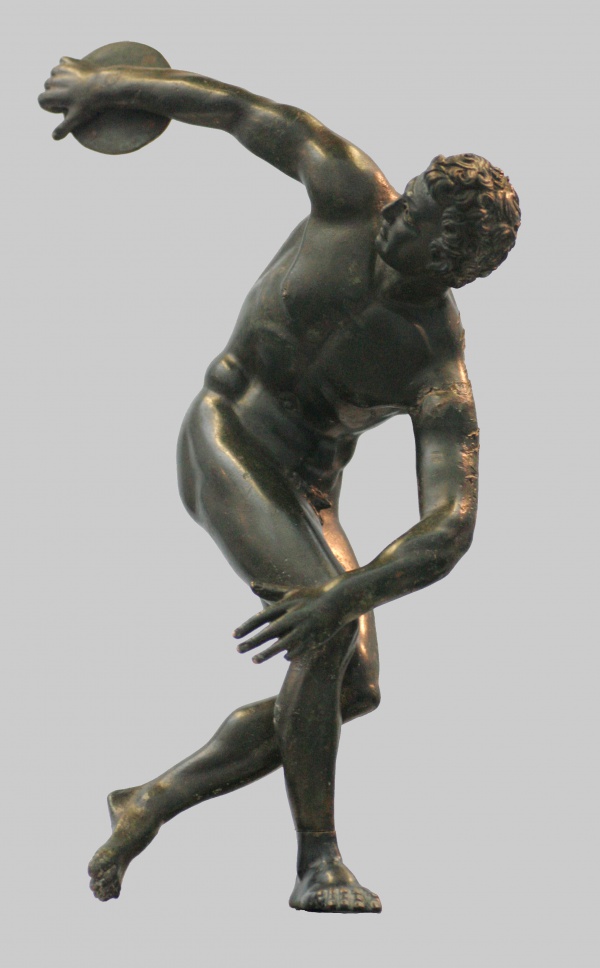Facts About Discobolus
The Discobolus of Myron is one of the most celebrated sculptures from ancient Greece's Classical Period. It depicts a young athlete about to throw a discus, encapsulating a moment of dynamic energy and perfect harmony. Although the original bronze statue by Myron has been lost to history, its existence is known through various Roman copies, such as the renowned Palombara Discobolus.
This statue epitomizes Myron's exceptional ability to convey rhythm, balance, and symmetry. His work was highly esteemed, as evidenced by references in ancient texts like Lucian of Samosata's *Philopseudes*. Interestingly, the term "Discobolus" was initially used for a standing figure holding a discus, known as a "Discophoros" until Myron's iconic version was discovered.
The first known copy of the Discobolus, called the Palombara Discobolus, was unearthed in 1781. This 1st-century AD replica of Myron's work has a fascinating history. It was acquired by Adolf Hitler in 1938 but was eventually returned to Rome. Another significant copy, the Townley Discobolus, found its home in the British Museum in 1805.
Over the years, several other Roman copies of the Discobolus have been uncovered. Some were mistakenly restored or misidentified, adding a layer of intrigue to their histories. In the 19th century, plaster replicas of the Discobolus became a staple in academic collections, reflecting its enduring influence.
The Discobolus stands as a prime example of the evolution of Classical sculpture from the earlier Archaic period. It showcases the sculptor's remarkable skill in capturing a fleeting moment of athletic prowess and balance in a timeless, static form.

 Brazil
Brazil